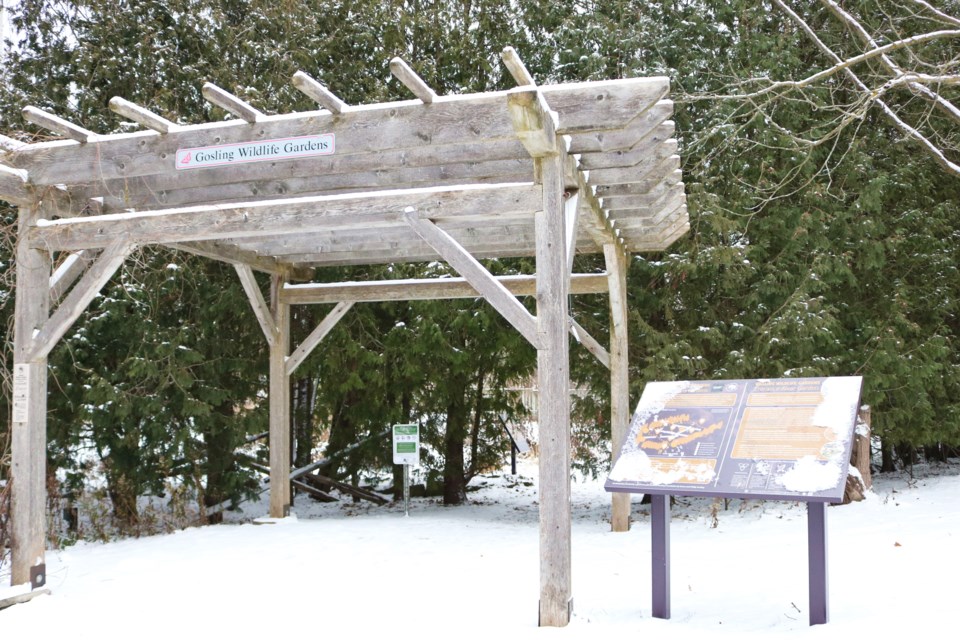It's a sign of the times as the University of Guelph looks to educate residents about wildlife-approved gardens in hopes of inspiring more of them throughout the city.
Recently, six signs were placed around the Gosling Wildlife Gardens to highlight the different types of gardens on display, their design and how their they benefit wildlife.
Caelum Wishart, a U of G horticulturist and head gardener, was involved in the development of the new signs. He explains the previous signs in the gardens were between 25 to 35 years old, and were supposed to serve as an educational tool.
“A lot of people I don’t think really got the idea that they were supposed to be a backyard concept of a typical homeowner, just the way the signs were laid out didn’t really make much sense, so it was a good opportunity to change that around,” said Wishart.
The area is a popular site within The Arboretum, often hosting workshops and tours for visitors. The different types of gardens featured within the area are the pollinator garden; the enhanced lawn garden; the native plant garden; the permaculture garden; the collector’s garden; and, the Alvar garden.
"The original design of the gardens was that there was five garden, and within the last three years, we came up with the sixth garden, which is right at the entrance where the garden is, so it is a double sign which introduces you to the gardens as a whole and the Alvar garden, which is what myself and my manager, Sean Fox, came up with, " said Wishart about the latest garden, which showcases plants not seen anywhere else within The Arboretum.
Starting as an intern at The Arboretum, Wishart said one of his tasks was to focus on redesigning the Gosling Wildlife Gardens. With a background in landscape architecture and signage design, Wishart mentions the signs became one of his major projects after being promoted to head gardener.
“We’re really happy with how they turned out, I like them a lot,” said Wishart. “Seeing people enjoy it is really gratifying, and I’m really excited that they’re up.”
Wishart adds the signs would have been up sooner, but the pandemic slowed things down.
“It was a long process, but definitely worth it in the end.”
Wishart mentions they are not done adding resources to the Gosling Wildlife Gardens. Below each sign is a series of symbols, which will be used on labels to point out different plants located within the gardens.
“To further reinforce that educational aspect of the gardens, we're going to have a lot more labels out there, helping people to identify which plant is what and how it is beneficial to wildlife.”
Now that the signs are up, Wishart said he hopes people will consider taking what they learn from the Gosling Wildlife Gardens and applying them to their own gardens to help support wildlife.
"We try to make the gardens as realistic as possible for a typical homeowner to do themselves," said Wishart, "I think for most people, they can have one source of water in their backyard, they can have native plants, they can build raised vegetable boxes, or some sort of element that's within the gardens that inspires them."



